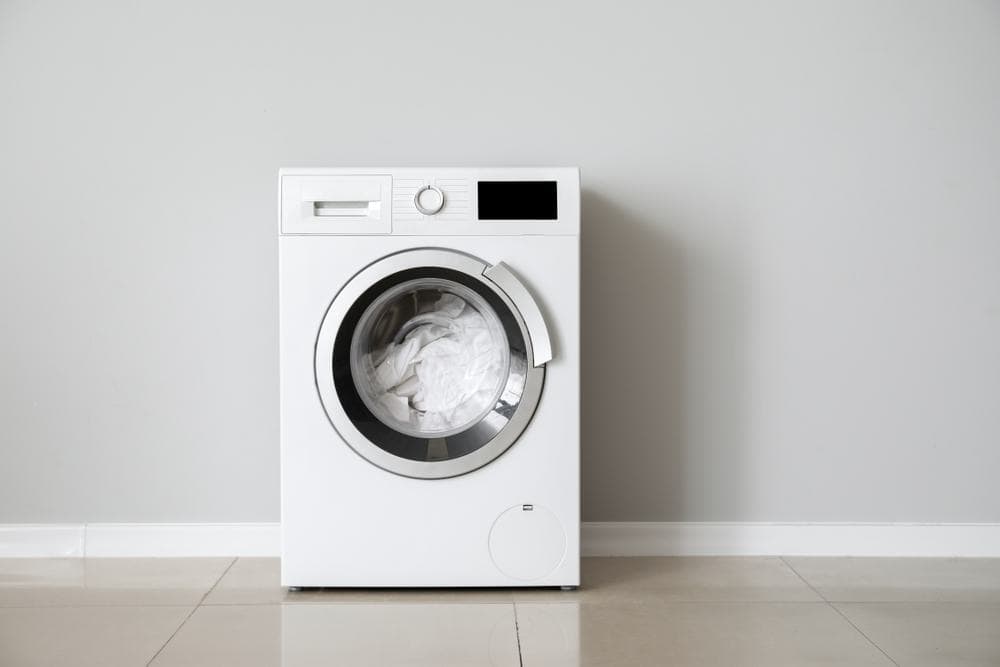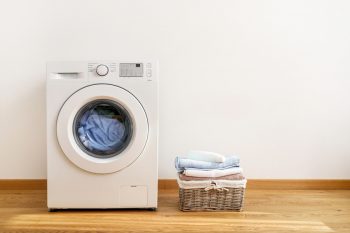
If you own a Bosch washing machine, there may come a time when you need to manually drain it. Whether it’s for maintenance, moving, or addressing a drainage issue, knowing how to properly drain your machine is essential. This comprehensive guide will walk you through the step-by-step process of draining a Bosch washing machine, helping you understand the procedure and providing you with tips and tricks along the way.
To drain a Bosch washing machine, first, unplug the machine and turn off its water supply. Then, open and remove the service flap on the bottom right corner of the washer to access the drain hose and pump cover. Place a shallow container under the opening and slowly remove the pump cover or use the drainage hose to drain the water. Clean the pump, refit the cover, and run a test to check for any leakage. If the machine still doesn’t drain properly, consult with a professional.
Preliminary Steps Before Draining
Before you begin the draining process, ensure you have taken the necessary safety precautions.
- Turn off the appliance: Ensure your washing machine is switched off and unplugged from the mains power.
- Open the service flap: Locate the service flap at the bottom right corner of your Bosch washing machine. Open and remove it to access the drainage hose and pump cover.
Tools and Materials Required for Draining
To successfully drain your Bosch washing machine, you will need a few tools and materials:
- Shallow container or bucket: This will be used to collect the water that drains from the machine.
- Towels or rags: These will help to clean up any spills and protect your floor.
- Screwdriver (optional): You may need this tool to remove the back panel of the washing machine to access the drain hose.
How to Drain a Bosch Washing Machine: Step-by-Step Guide
Follow these steps to drain your Bosch washing machine:
- Unplug the washer and turn off its water supply: Safety first! Always disconnect the appliance from the power source and shut off the water supply before starting.
- Open and remove the service flap: You’ll find this on the bottom right corner of the washer. This gives you access to the drain hose and pump cover.
- Place a shallow container under the opening: This will catch the water that drains out.
- Drain the water: You can do this by removing the pump cover slowly or using the drainage hose. Be prepared for water to flow out once you remove the cover.
- Clean the pump: Ensure the interior, the thread, and the housing of the pump are clean so that the impeller can rotate freely.
- Refit the pump cover: Screw it back firmly to prevent any leaks.
- Run a test: Pour 1 liter of water into the detergent drawer and check for any leakage. If the pump is sealed watertight, start the pumping program.
Troubleshooting: Common Drainage Issues
Sometimes, despite your best efforts, your Bosch washing machine may not drain correctly. There are several common issues that you might encounter:
- Obstructions in the drain pump: Objects like coins, lint, or small pieces of fabric can block the drain pump. Clean the pump regularly to prevent this issue.
- Blocked or kinked drain hose: Ensure the drain hose is installed correctly without any kinks. Check it regularly for blockages.
- Faulty components: If you’ve checked the drain pump and hose and the issue persists, you may have a faulty component. This could be a broken water pump belt or a malfunctioning drain pump. In these cases, you may need to consult a professional for repair or replacement.
Wrapping Up: Preparing Your Machine for the Next Use
Once you’ve drained your Bosch washing machine, it’s essential to prepare it for its next use:
- Turn off the appliance and unplug it from the power source.
- Clean the pump: Ensure the interior, the thread, and the housing of the pump are clean so that the impeller can rotate freely.
- Refit the pump cover: Screw it back firmly to prevent any leaks.
- Check for any leakage: Pour 1 liter of water into the detergent drawer and check for any leakage.
- Start the pumping program: This ensures the pump is functioning correctly.
Regularly cleaning your pump and removing any obstructions can prevent drainage issues in your Bosch washing machine. If you’ve followed all these steps and your machine still doesn’t drain properly, it’s time to call in a professional.
Remember, safety comes first. Always disconnect your washing machine from its power source before you start working on it. And if you’re ever unsure about any part of the process, don’t hesitate to consult a professional. Happy washing!
Frequently Asked Questions
How often should I drain my Bosch washing machine?
Draining your Bosch washing machine should not be a regular task. It’s usually done only when there’s a noticeable issue, such as the machine not draining properly, or when you’re moving the machine. However, it’s recommended to clean the drain pump every 2-3 months to prevent blockages.
What should I do if water keeps leaking from my washing machine after I’ve drained and cleaned it?
If water keeps leaking after you’ve drained and cleaned your Bosch washing machine, there might be a problem with the pump cover not being sealed properly or a faulty component. At this point, it’s best to contact a professional for further assistance.
Can I use any type of detergent for my Bosch washing machine?
You should only use detergents that are specifically designed for high-efficiency machines like Bosch. These detergents produce fewer suds and are compatible with the low-water levels of high-efficiency machines.
Can I use a vacuum to remove the water from my Bosch washing machine?
While it may seem like a good idea, it’s not recommended to use a vacuum to remove water from your washing machine. This could potentially damage both your washing machine and vacuum cleaner, and it’s not a safe practice. Stick to the draining process outlined in this guide.
Can I drain my Bosch washing machine if the power goes out?
Yes, you can manually drain your Bosch washing machine even if the power goes out. The process remains the same as outlined in the guide above. Remember to always prioritize safety during this process.












